 As winter melts into spring, two new webinar series are getting underway.
As winter melts into spring, two new webinar series are getting underway.
The schedule for the spring semester of EAB University can be found here. Topics include beech leaf disease, the future of North American ash, hemlock wooly adelgid management, and more. CEU credits will be offered, and all webinars are recorded and posted online after the talks.
The Urban Wood Network kicks off its 2020 webinar series this month. This “Future Visioning” series is held on the second Wednesday of each month at noon and includes topics such as urban lumber standards, urban lumber business, and what to do with the rest of the tree.
Continue reading “Upcoming webinars: EAB University, Urban Wood Network and more”

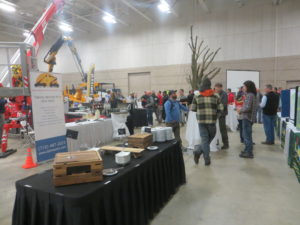 The 2020 Annual Statewide WDNR/Wisconsin Arborist Association (WAA) Urban Forestry Conference, “Sustaining Urban Forests to Ensure a Healthy Future,” set another attendance record this past February 16-18 in Green Bay.
The 2020 Annual Statewide WDNR/Wisconsin Arborist Association (WAA) Urban Forestry Conference, “Sustaining Urban Forests to Ensure a Healthy Future,” set another attendance record this past February 16-18 in Green Bay.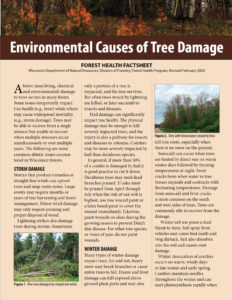 The DNR Forest Health team recently updated its factsheet on common forms of abiotic (non-living, chemical and environmental) damage to trees in Wisconsin.
The DNR Forest Health team recently updated its factsheet on common forms of abiotic (non-living, chemical and environmental) damage to trees in Wisconsin.  Last October, the Department of Natural Resources’ Urban Forestry program awarded fifteen communities and
Last October, the Department of Natural Resources’ Urban Forestry program awarded fifteen communities and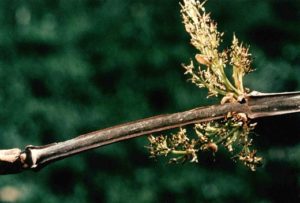 e emerald ash borer (EAB) has a voracious appetite. This pest has eradicated unprotected green and white ash in many communities in southern Wisconsin and can be expected to eventually impact all communities in the state. EAB is also damaging wetland and riverine forests by eliminating green and black ash from these woodlands, which had already become less diverse and resilient from the loss of American elm from Dutch elm disease.
e emerald ash borer (EAB) has a voracious appetite. This pest has eradicated unprotected green and white ash in many communities in southern Wisconsin and can be expected to eventually impact all communities in the state. EAB is also damaging wetland and riverine forests by eliminating green and black ash from these woodlands, which had already become less diverse and resilient from the loss of American elm from Dutch elm disease.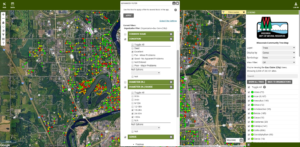
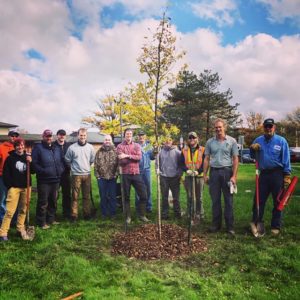 Over the years, the Urban Tree Alliance (UTA), a Madison-based nonprofit, has launched several innovative programs that promote environmental equity. The first of these programs, the
Over the years, the Urban Tree Alliance (UTA), a Madison-based nonprofit, has launched several innovative programs that promote environmental equity. The first of these programs, the  Looking for some hard numbers on how urban trees affect health conditions such as asthma, cardiovascular disease, obesity, and ADHD?
Looking for some hard numbers on how urban trees affect health conditions such as asthma, cardiovascular disease, obesity, and ADHD? 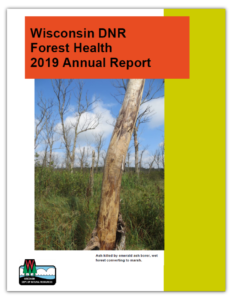 The DNR Forest Health team recently completed the
The DNR Forest Health team recently completed the